严泰丁
UM Tai-Jung(b.1938) is one of the Korean abstract sculpture's first generation pioneers. Since his fascination with the materiality of steel during his undergraduate studies at Seoul National University in the early 1960s, Um has devoted himself to metal sculpture and investigated materials and resources throughout his career that continues to the present. In 1967, he caught the art world's attention as his emblematic steel sculpture A Scream won the Prime Minister's Prize in the 16th National Art Exhibition, and in the seventies he presented copper sculptures that revealed a remarkable contrast between the material's internal and external sides in terms of color and texture. In the 1980-90s, Um's abstract copper sculptures with a prominent vertical structure referred to Eastern philosophy concerning the ideas of the celestial and worldly, as exemplified by his Heaven, Earth, and Human, and the 90s' Bronze-Object-Age series reflected the shapes of Korean traditional wood furniture and pillars. From 2000s on, Um has been putting more emphasis on form-based works made of aluminum boards and steel frames that illustrate coexistence and reconciliation of mutually exclusive elements-such as Yin and Yang, and time and space-through the formal language of the vertical and horizontal, sculptural qualities of lines and planes, and harmonious palette of silver and black.
UM Tai-Jung graduated from the Department of Sculpture in College of Fine Arts at Seoul National University, studied at Saint Martin's School of Art in London, and held positions as a research professor at Berlin Fine Arts University and professor in the Department of Sculpture in College of Fine Arts at Seoul National University. He was awarded the Prime Minister's Prize from the National Art Exhibition (1967), Grand Prize from the Korean Art Grand-Prix Exhibition (1971), and Mirok Li Prize from the 7th Mirok Li Award (2012). Starting with a solo exhibition at Gwangju Gallery (1972), he has participated in numerous solo and group exhibitions including the 12th Biennale de Sao Paulo (1973), Woodstock Art Gallery (1980), Georg Kolbe Museum (2005), and Sungkok Art Museum (2009). Recently, he held his solo exhibition at Arario Gallery Seoul I Samcheong and Cheonan (2019). In 2004, he was appointed Emeritus Professor at Seoul National University, and since 2013, he has served as a member of The National Academy of Arts of the Republic of Korea.
-
 머무르라, 밤 하늘의 은총, 2020
머무르라, 밤 하늘의 은총, 2020 -
 A Meditative Space, 2018
A Meditative Space, 2018 -
 A Peaceful Space, 2018
A Peaceful Space, 2018 -
 A Stranger Holding Two Wings, 2018
A Stranger Holding Two Wings, 2018 -
 Endless Column - Mandala, 2018
Endless Column - Mandala, 2018 -
 Heaven is Round, Earth is Round, and Man is Round, 2018
Heaven is Round, Earth is Round, and Man is Round, 2018 -
 Serene Wall & I, 2018
Serene Wall & I, 2018 -
 Route of Pilgrimage - Kaaba, No. 1, 2015
Route of Pilgrimage - Kaaba, No. 1, 2015 -
 Route of Pilgrimage - Kaaba, No. 2, 2015
Route of Pilgrimage - Kaaba, No. 2, 2015 -
 Shinmungo with strings 현이 있는 신문고, 2014
Shinmungo with strings 현이 있는 신문고, 2014 -
 Place of Wisdom, 2009
Place of Wisdom, 2009 -
 A Line of Altitude & Longitude - Way, 2008
A Line of Altitude & Longitude - Way, 2008 -
 Untitled 3, 2008
Untitled 3, 2008 -
 Untitled 06-2 , 2006
Untitled 06-2 , 2006 -
 Untitled 06-88, 2006
Untitled 06-88, 2006 -
 Cubic Totem House No. 9, 2005
Cubic Totem House No. 9, 2005 -
 A Silence of the Earth, 2004
A Silence of the Earth, 2004 -
 Cubic Staircase No. 3, 2003
Cubic Staircase No. 3, 2003 -
 Cubic Staircase No. 7, 2001
Cubic Staircase No. 7, 2001 -
 A Crack - 00, No. 1 틈 - 00 - 1, 2000
A Crack - 00, No. 1 틈 - 00 - 1, 2000 -
 A Crack - Drawing ⅩⅤI - Gesture , 2000
A Crack - Drawing ⅩⅤI - Gesture , 2000 -
 Untitled, 2000
Untitled, 2000 -
 Song of Kaaba, 1999
Song of Kaaba, 1999 -
 The House on the Corner No. 17_A, 1999
The House on the Corner No. 17_A, 1999 -
 Bronze - Object - Age 98-1, 1998
Bronze - Object - Age 98-1, 1998 -
 Bronze - Object - Age 97 - 9 - Unification, 1997
Bronze - Object - Age 97 - 9 - Unification, 1997 -
 Bronze - Object - Age 96-3, 1996
Bronze - Object - Age 96-3, 1996 -
 Untitled 95-2, 1995
Untitled 95-2, 1995 -
 Untitled 95-4, 1995
Untitled 95-4, 1995 -
 Untitled 94-5, 1994
Untitled 94-5, 1994 -
 Energy 93 (Intercross), 1993
Energy 93 (Intercross), 1993 -
 Asceticism, 1991
Asceticism, 1991 -
 Heaven Earth Human, 1991
Heaven Earth Human, 1991 -
 Light of Orient (91005D), 1991
Light of Orient (91005D), 1991 -
 Untitled, 1991
Untitled, 1991 -
 Untitled, 1991
Untitled, 1991 -
 Voice of Earth (91009D), 1991
Voice of Earth (91009D), 1991 -
 Stars of Galaxy, 1987
Stars of Galaxy, 1987 -
 CARYATID-85, 1985
CARYATID-85, 1985 -
 Pilgrimage - Kismana, 1980
Pilgrimage - Kismana, 1980 -
 Ridge No. 5 "Ascension", 1979
Ridge No. 5 "Ascension", 1979 -
 Ridge-see, 1979
Ridge-see, 1979 -
 Energy 75 No. 3, 1975
Energy 75 No. 3, 1975 -
 Bird in Heaven, 1969
Bird in Heaven, 1969 -
 Energy 69, No. 1, 1969
Energy 69, No. 1, 1969 -
 Three Winged Bird - Bird in Heaven 1, 1969
Three Winged Bird - Bird in Heaven 1, 1969
-
![[News] POMA's exhibition of 'Visiting Museum project,' "The Ways of Artists"](data:image/gif;base64,R0lGODlhAQABAIAAAAAAAP///yH5BAEAAAAALAAAAAABAAEAAAIBRAA7)
[News] POMA's exhibition of 'Visiting Museum project,' "The Ways of Artists"
August 5, 2024Yoon Hee Jung, Kyungbook Maeil继续 -
![[News] The National Academy of Arts, Republic of Korea, hold a special exhibition to celebrate its 70th anniversary in England...with the theme of Korean contemporary art](data:image/gif;base64,R0lGODlhAQABAIAAAAAAAP///yH5BAEAAAAALAAAAAABAAEAAAIBRAA7)
[News] The National Academy of Arts, Republic of Korea, hold a special exhibition to celebrate its 70th anniversary in England...with the theme of Korean contemporary art
July 3, 2024Jo Sung Hyun, SBS News继续 -
![[News] Hite Collection holds ‘Undo Effects’ until June 29th](data:image/gif;base64,R0lGODlhAQABAIAAAAAAAP///yH5BAEAAAAALAAAAAABAAEAAAIBRAA7)
[News] Hite Collection holds ‘Undo Effects’ until June 29th
May 14, 2024Kim Young Hoon, Korea Politics Newspaper继续 -
![[News] Suseoung Art Pia, 'Walking Through Space'](data:image/gif;base64,R0lGODlhAQABAIAAAAAAAP///yH5BAEAAAAALAAAAAABAAEAAAIBRAA7)
[News] Suseoung Art Pia, 'Walking Through Space'
Feb 22, 2024Shin Joo Hyun, KBS News继续 -
![[News] Is it an artpiece or a daily scene? The exhibition 'Walking Through Space'](data:image/gif;base64,R0lGODlhAQABAIAAAAAAAP///yH5BAEAAAAALAAAAAABAAEAAAIBRAA7)
[News] Is it an artpiece or a daily scene? The exhibition 'Walking Through Space'
Feb 17, 2024Lee Dong Sam, MBC News Daegu继续 -
![[News] Suseong Art Pia Holds First Exhibition 'Walking Through Space' in 2024](data:image/gif;base64,R0lGODlhAQABAIAAAAAAAP///yH5BAEAAAAALAAAAAABAAEAAAIBRAA7)
[News] Suseong Art Pia Holds First Exhibition 'Walking Through Space' in 2024
Feb 16, 2024Kim Jeong Hee, SedailyTV继续 -
![[News] Enjoy the beauty of various sculptures… 'Walking through the space'](data:image/gif;base64,R0lGODlhAQABAIAAAAAAAP///yH5BAEAAAAALAAAAAABAAEAAAIBRAA7)
[News] Enjoy the beauty of various sculptures… 'Walking through the space'
Feb 15, 2024Lee Yeon Jung, Maeil Business继续 -
![[Fair] West Bund Art & Design 2022](data:image/gif;base64,R0lGODlhAQABAIAAAAAAAP///yH5BAEAAAAALAAAAAABAAEAAAIBRAA7)
[Fair] West Bund Art & Design 2022
2022年11月8日Arario Gallery is pleased to announce its participation in West Bund Art & Design 2022 from 10 t...继续 -
![[Exhibition] UM Tai-Jung: Dream and Rejoice of Silver Wings](data:image/gif;base64,R0lGODlhAQABAIAAAAAAAP///yH5BAEAAAAALAAAAAABAAEAAAIBRAA7)
[Exhibition] UM Tai-Jung: Dream and Rejoice of Silver Wings
2022年8月23日The solo exhibition by UM Tai-Jung 'Dream and Rejoice of Silver Wings' is held at Arario Museum in S...继续 -
![[Art Fair] West Bund Art & Design 2021](data:image/gif;base64,R0lGODlhAQABAIAAAAAAAP///yH5BAEAAAAALAAAAAABAAEAAAIBRAA7)
[Art Fair] West Bund Art & Design 2021
2021年11月12日Arario Gallery participates in West Bund Art & Design 2021 held at West Bund Art Center Hall B f...继续 -
![[Exhibition] UM Tai-Jung: L’Académie des Arts de Corée](data:image/gif;base64,R0lGODlhAQABAIAAAAAAAP///yH5BAEAAAAALAAAAAABAAEAAAIBRAA7)
[Exhibition] UM Tai-Jung: L’Académie des Arts de Corée
2021年10月23日The National Academy of Arts, Republic Korea this time holds a meaningful group exhibition of Korean...继续 -
![[Art Fair] KIAF Seoul 2021](data:image/gif;base64,R0lGODlhAQABAIAAAAAAAP///yH5BAEAAAAALAAAAAABAAEAAAIBRAA7)
[Art Fair] KIAF Seoul 2021
2021年10月8日Arario Gallery participates in Korea’s most important art fair KIAF Seoul 2021 at COEX from 13...继续
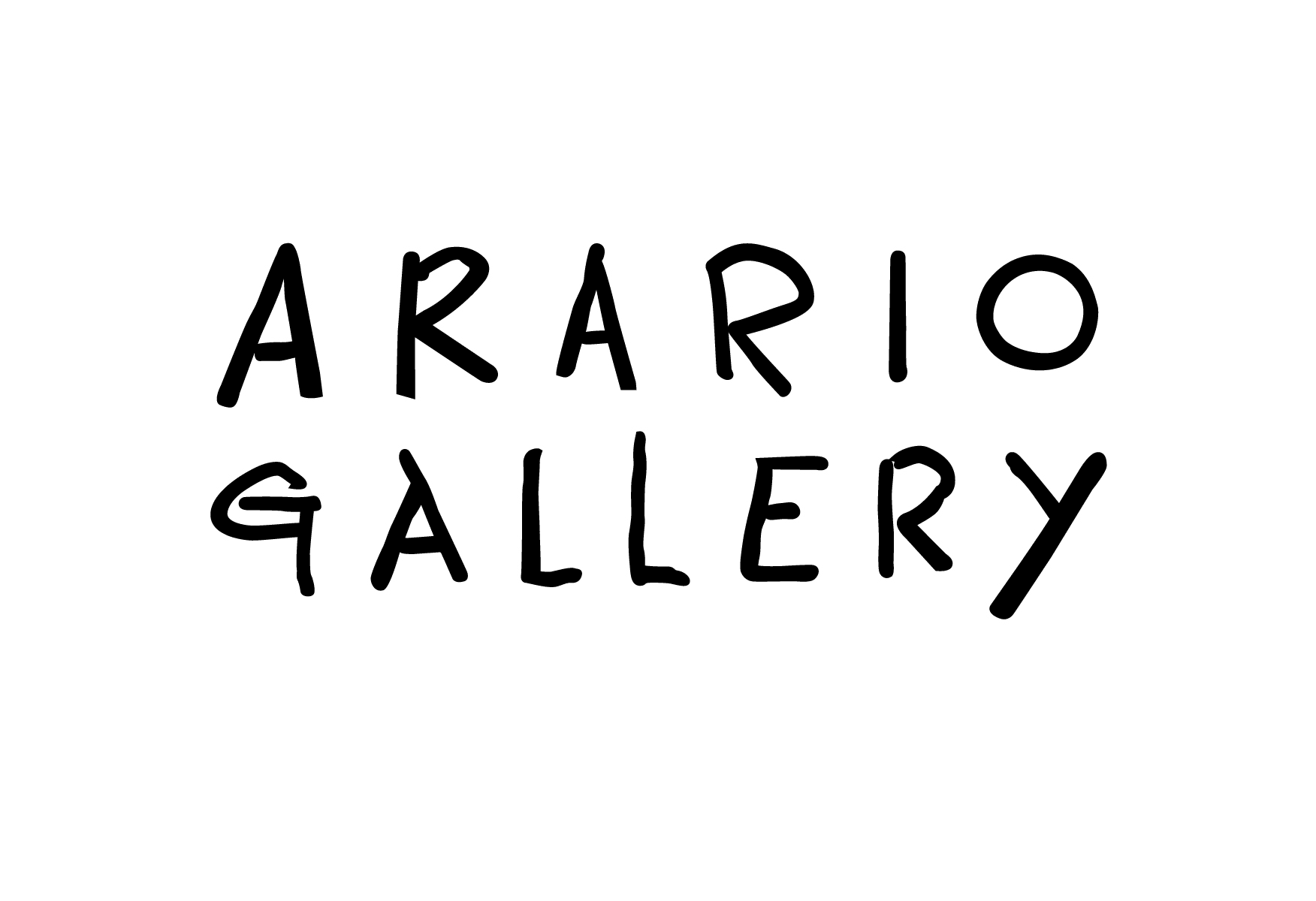





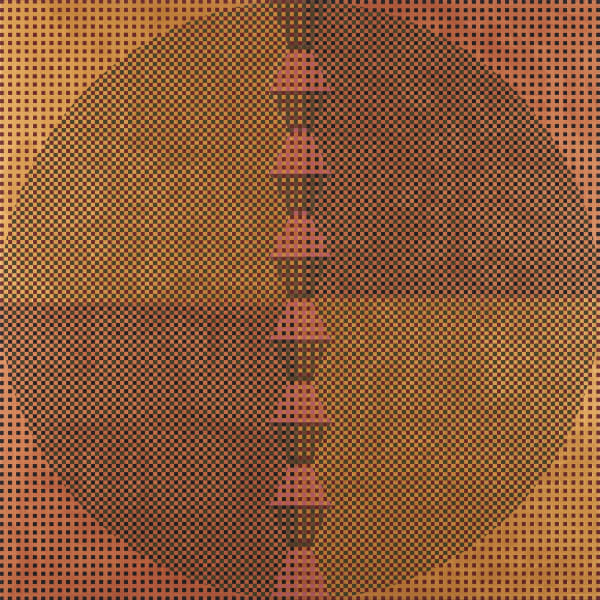

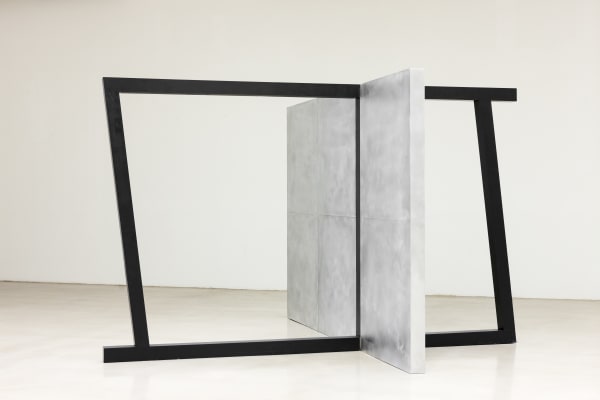







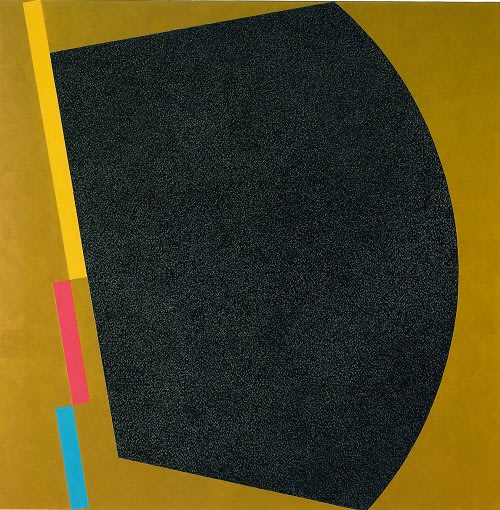





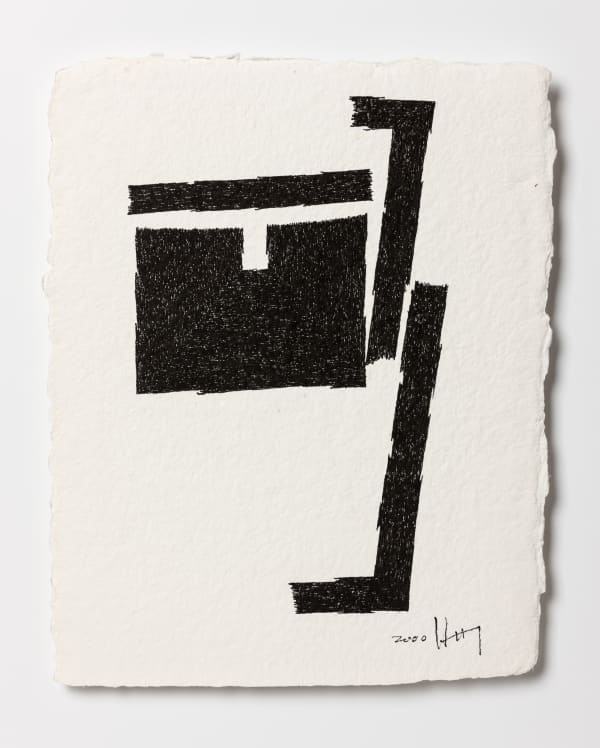













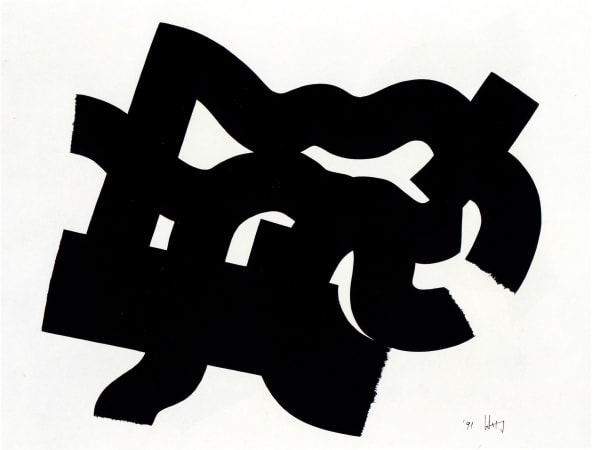

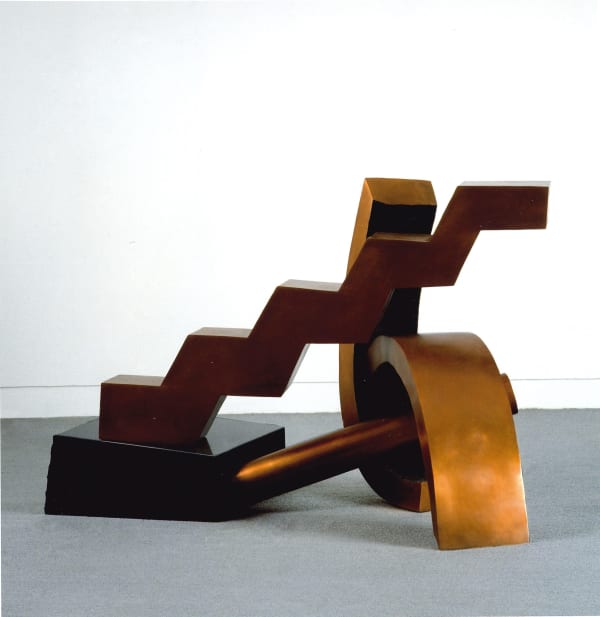

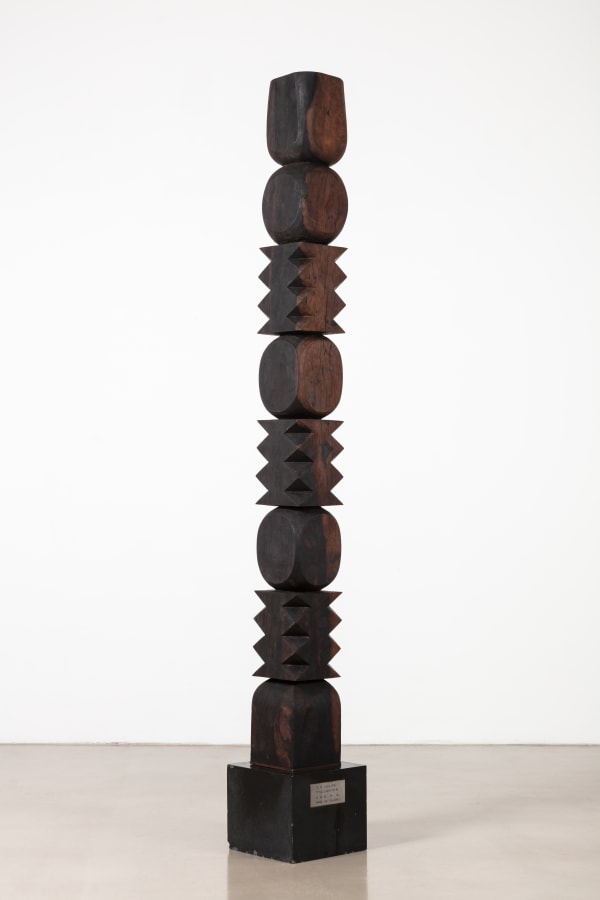



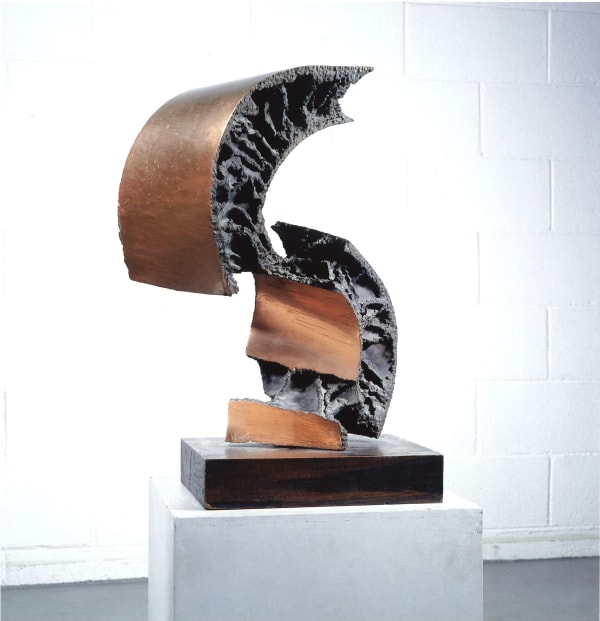






![[News] POMA's exhibition of 'Visiting Museum project,' "The Ways of Artists"](https://artlogic-res.cloudinary.com/w_600,c_limit,f_auto,fl_lossy,q_auto/ws-arario/usr/images/news/main_image_override/530/editor_208030_3530068872_xjspwm7n.jpg)
![[News] The National Academy of Arts, Republic of Korea, hold a special exhibition to celebrate its 70th anniversary in England...with the theme of Korean contemporary art](https://artlogic-res.cloudinary.com/w_600,c_limit,f_auto,fl_lossy,q_auto/ws-arario/usr/images/news/main_image_override/514/0001168731_002_20240703133617126.jpg)
![[News] Hite Collection holds ‘Undo Effects’ until June 29th](https://artlogic-res.cloudinary.com/w_600,c_limit,f_auto,fl_lossy,q_auto/ws-arario/usr/images/news/main_image_override/495/3398_20240514170513727.jpeg)
![[News] Suseoung Art Pia, 'Walking Through Space'](https://artlogic-res.cloudinary.com/w_600,c_limit,f_auto,fl_lossy,q_auto/ws-arario/usr/images/news/main_image/455/2024-02-23-110440.png)
![[News] Is it an artpiece or a daily scene? The exhibition 'Walking Through Space'](https://artlogic-res.cloudinary.com/w_600,c_limit,f_auto,fl_lossy,q_auto/ws-arario/usr/images/news/main_image/456/2024-02-23-113408.png)
![[News] Suseong Art Pia Holds First Exhibition 'Walking Through Space' in 2024](https://artlogic-res.cloudinary.com/w_600,c_limit,f_auto,fl_lossy,q_auto/ws-arario/usr/images/news/main_image/453/20240216051600.jpg)
![[News] Enjoy the beauty of various sculptures… 'Walking through the space'](https://artlogic-res.cloudinary.com/w_600,c_limit,f_auto,fl_lossy,q_auto/ws-arario/usr/images/news/main_image/452/2024021510273084090_l.jpg)
![[Fair] West Bund Art & Design 2022](https://artlogic-res.cloudinary.com/w_600,c_limit,f_auto,fl_lossy,q_auto/ws-arario/usr/images/news/main_image/368/wechat-image_20221108103739_cr.png)
![[Exhibition] UM Tai-Jung: Dream and Rejoice of Silver Wings](https://artlogic-res.cloudinary.com/w_600,c_limit,f_auto,fl_lossy,q_auto/ws-arario/usr/images/news/main_image/338/dream-and-rejoice-of-silver-wings-2022-aluminum-steel-245-h-x106-w-x200-d-2022-taijung-um.jpg)
![[Art Fair] West Bund Art & Design 2021](https://artlogic-res.cloudinary.com/w_600,c_limit,f_auto,fl_lossy,q_auto/ws-arario/usr/images/news/main_image/260/wechat-image_20211112143232.jpg)
![[Exhibition] UM Tai-Jung: L’Académie des Arts de Corée](https://artlogic-res.cloudinary.com/w_600,c_limit,f_auto,fl_lossy,q_auto/ws-arario/usr/images/news/main_image/258/kakaotalk_20211023_182140643.jpg)
![[Art Fair] KIAF Seoul 2021](https://artlogic-res.cloudinary.com/w_600,c_limit,f_auto,fl_lossy,q_auto/ws-arario/usr/images/news/main_image/254/unnamed.png)
